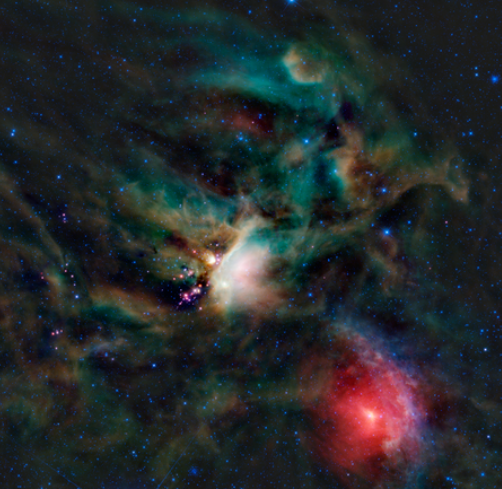NEW DELHI — Researchers at the Aryabhatta Research Institute of Observational Sciences (ARIES) have uncovered new insights into the earliest phases of stellar evolution, using a decade’s worth of infrared data from NASA’s Wide-field Infrared Survey Explorer (WISE) and its extended NEOWISE mission.
According to the Ministry of Science and Technology, the study reveals that the infancy of Young Stellar Objects (YSOs) — stars still forming before entering the main sequence — is far more volatile and dynamic than previously understood. ARIES is an autonomous institute under the Department of Science and Technology.
The findings, published in The Astrophysical Journal Supplement Series, show that young stars undergo significant and unpredictable fluctuations during their earliest stages of development. YSOs form before hydrogen fusion stabilizes in their cores, placing them on the pre-main-sequence track of the Hertzsprung–Russell diagram.
Researchers Neha Sharma and Saurabh Sharma analyzed light curves of more than 22,000 YSOs spread across major star-forming regions of the galaxy. These regions serve as natural laboratories for examining how stars emerge from dense molecular clouds.
Using more than ten years of infrared observations at wavelengths of 3.4 and 4.6 microns, the team classified young star variability into six major types: linear (steady brightening or fading), curved (nonlinear trends), periodic (rotation- or disk-related cycles), burst (sudden increases in brightness), drop (sharp decreases), and irregular (chaotic activity).
The Ministry said the team observed that protostars form when contracting molecular clouds create a hot, dense core surrounded by a rotating disk of gas and dust. These early stars do not shine from nuclear fusion but instead radiate heat produced by gravitational collapse and accretion of surrounding material.
As material from the disk continues to fall onto the protostar, the process remains inherently unstable, generating bursts and pauses in accretion that trigger rapid changes in brightness. Over time, the growing star’s radiation pressure eventually disperses the remaining cloud, ending the accretion phase and leaving behind a young pre-main-sequence star.
The Ministry said these observations highlight why YSOs are ideal targets for long-term infrared monitoring. Infrared wavelengths can penetrate the heavy dust enveloping young stars, providing a rare view into the hidden, often chaotic processes that govern their early evolution. (IANS)












